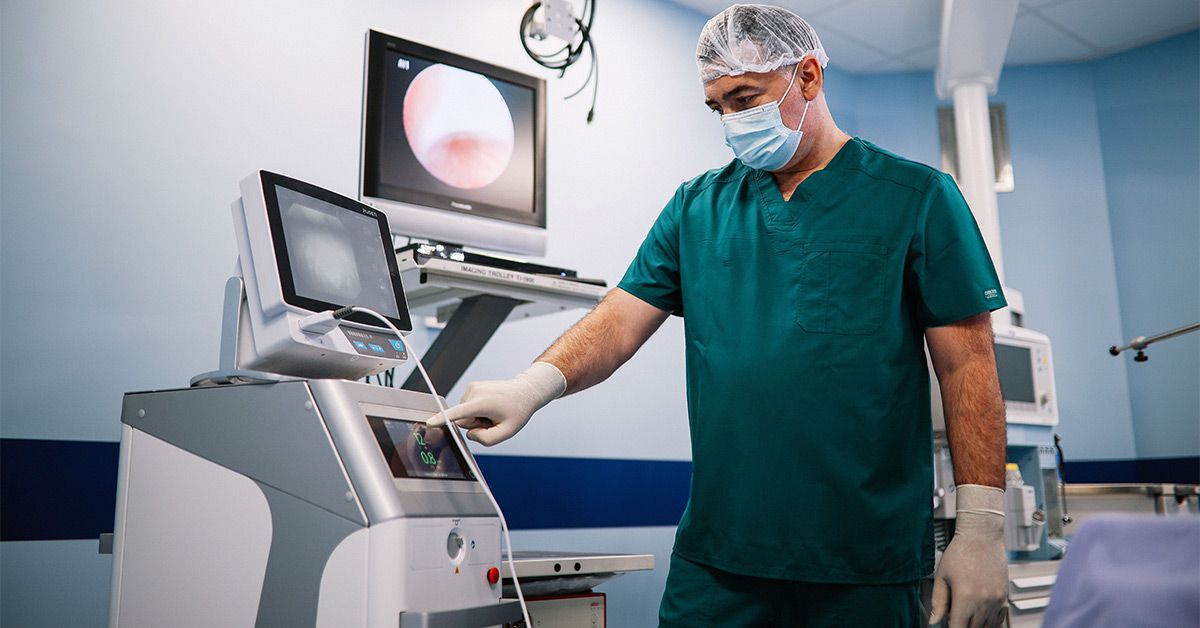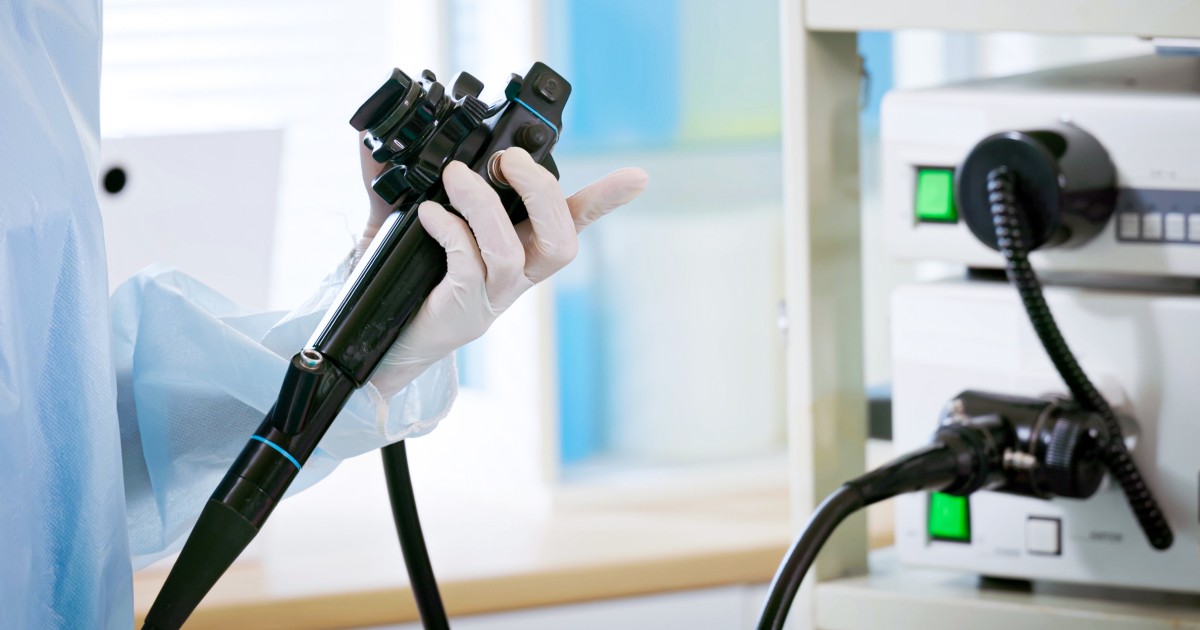A research published in the journal JAMA Network Open found that there was a slight but substantial increase in screenings among younger adults once the recommended age to start colorectal cancer screening was decreased to 45.
The U.S. Preventive Services Task Force, which had previously suggested beginning screenings at age 50, implemented the reduced screening age in 2021.
Over the past 20 years, there has been an increase in the number of instances of colorectal cancer among those under 50. The suggestion to decrease the screening age is not exclusive to the U.S. Preventive Services Task Force. The American Cancer Society advised in 2018 that screenings begin at age 45.

The U.S. Preventive Service’s Task Force’s advice bears weight, however, since if the organization approves a screening for a certain population, insurance will fund it.
According to the latest study, younger people colorectal cancer screening rates among 45 to 49-year-olds have improved thrice after the 2021 guideline revision, but they are still low overall.
Lead study author Sunny Siddique, a cancer researcher at the Yale School of Public Health, stated, “It’s interesting to see how rapidly we have seen this uptake take place after the guidelines were released, especially in light of the pandemic creating roadblocks for screening.”
Siddique and colleagues examined patient information from over 10 million Blue Cross Blue Shield insurance holders. The researchers discovered that, on average, colorectal screening rates among individuals between the ages of 45 and 49 went from 0.5% before to the 2021 recommendations to 1.5% a year and a half following the modification.
“A 1% rise may seem insignificant, but hundreds of thousands of people are affected,” Siddique remarked.
Despite the fact that every participant in the trial had insurance, the researchers observed differences in the uptake of screening. They discovered that the highest-income groups had the biggest increases in screening rates.
“We are still seeing differences even when the insurance factor is removed,” Siddique stated. “Your chances of having access to these services are decreased if you reside in a low socioeconomic area.”
According to the American Cancer Society, around 20,000 persons under the age of 50 are diagnosed with colorectal cancer, accounting for 11% of all cases.
“Colon cancer with an early beginning is a serious issue. According to Dr. Christopher Lieu, co-director of gastrointestinal medical oncology at the University of Colorado School of Medicine, tumors will be discovered later on if screening is not done early.

The study’s findings, according to Lieu, are encouraging and indicate that people are becoming more aware of the new, suggested screening age. However, he pointed out that screening rates among those without insurance—who were left out of the study—are probably lower.
“Having insurance is one of the biggest determinants of whether you receive age-appropriate cancer screening,” according to Lieu.
According to Lieu, there may also be a contributing factor in the increased use of noninvasive colorectal cancer screening techniques, such as Shield, a blood test that detects colorectal cancer in 83% of cases, and Cologuard, a stool test with a 92% accuracy rate. If the results of these tests are positive, a second colonoscopy will be carried out by a physician.
“Since medical school, we’ve been taught that the most effective screening test is the one that is conducted,” stated Dr. Marwan Fakih, co-director of the gastrointestinal program at City of Hope, a Los Angeles-based cancer research and treatment center.
Since a colonoscopy can identify precancerous polyps that can be removed before they develop into cancer in addition to cancerous tumors, it is the gold standard for screening for colorectal cancer. But cheaper, less intrusive technologies, such as stool and blood testing, are significant ways of getting more people checked. Still, not everyone should take the tests.






